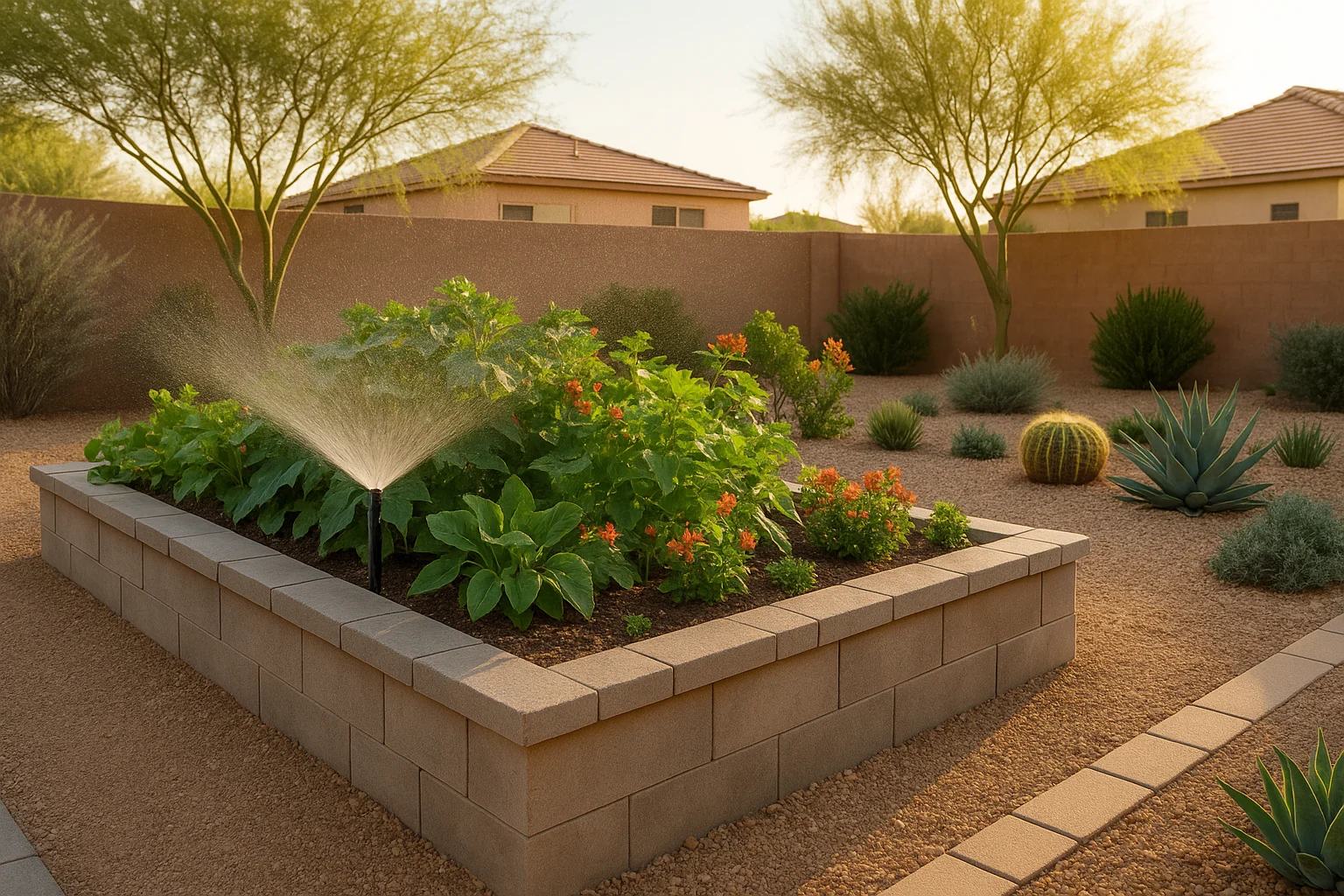Seed Packet Day, an event in early spring when gardeners begin planting seeds for the upcoming growing season, is a pivotal time for your Southeast Valley garden. The success of your garden largely depends on how well you schedule your irrigation during this period. As a local gardening expert, I, Priya Shah, am here to guide you on how to properly schedule your Seed Packet Day irrigation to ensure optimal growth in your garden.

Understanding the Importance of Irrigation
Irrigation is a crucial aspect of gardening, especially in arid regions like the Southeast Valley. It ensures that your plants receive the right amount of water, which is necessary for their growth and survival. During Seed Packet Day and the subsequent weeks, your young plants are in a vulnerable state. They need adequate hydration to sprout and establish strong roots. Therefore, proper irrigation scheduling is critical during this stage.
Overwatering or underwatering can cause significant harm to your plants. Overwatering leads to waterlogged soil and root rot, while underwatering can cause your plants to wilt and die. As such, striking the right balance is crucial. This involves understanding your soil type, the water requirements of your plants, and the local climate conditions in the Southeast Valley.
Deciding When to Water
Deciding when to water your garden is vital. During the early spring, temperatures in the Southeast Valley can fluctuate. On warmer days, your plants may need more water than on cooler days. As a rule of thumb, it’s best to water early in the morning when temperatures are cooler, and evaporation rates are lower. This ensures that the water reaches the roots, providing your seeds with the moisture they need to sprout.
It’s also important to monitor the weather forecast. If rain is expected, you may need to adjust your irrigation schedule accordingly. Remember, the goal is to provide your plants with a consistent supply of water without overwatering them. If you’re unsure, check the soil. It should be moist but not waterlogged. If it’s dry, it’s time to water. If it’s wet, wait a day or two before watering again.
Choosing the Right Irrigation System
Choosing the right irrigation system can make your gardening tasks easier and more efficient. Drip irrigation systems, for instance, deliver water directly to the root zone of your plants, which helps conserve water and encourages healthy growth. I’ve covered this topic in detail in my article on Smart Irrigation Upgrades Every Gilbert Yard Needs.
Another option is a soaker hose, which slowly releases water along its length. This can be a good choice for small gardens or for watering rows of plants. Sprinkler systems are also popular, but they can lead to water wastage due to evaporation. Therefore, they may not be the best choice for arid regions like the Southeast Valley.
Adjusting Your Irrigation Schedule
As your plants grow and the weather changes, you’ll need to adjust your irrigation schedule. In the Southeast Valley, temperatures can rise quickly as spring progresses. This can cause the soil to dry out faster, requiring more frequent watering. Keep an eye on your plants and the soil for signs of dehydration, such as wilting leaves or dry, cracked soil.
Remember, deep, infrequent watering is better than shallow, frequent watering. It encourages your plants to develop deep roots, which makes them more drought-tolerant. Also, don’t forget to reduce watering as the rainy season approaches to prevent overwatering.
Final Thoughts
Proper irrigation scheduling around Seed Packet Day can set your Southeast Valley garden up for success. By understanding the importance of irrigation, deciding when to water, choosing the right irrigation system, and adjusting your schedule as needed, you can ensure that your garden thrives throughout the spring and into the summer. Remember, every garden is unique, so it may take a bit of trial and error to find the right schedule for your garden. But with patience and careful observation, you’ll be able to create an irrigation schedule that ensures optimal growth for your plants.





